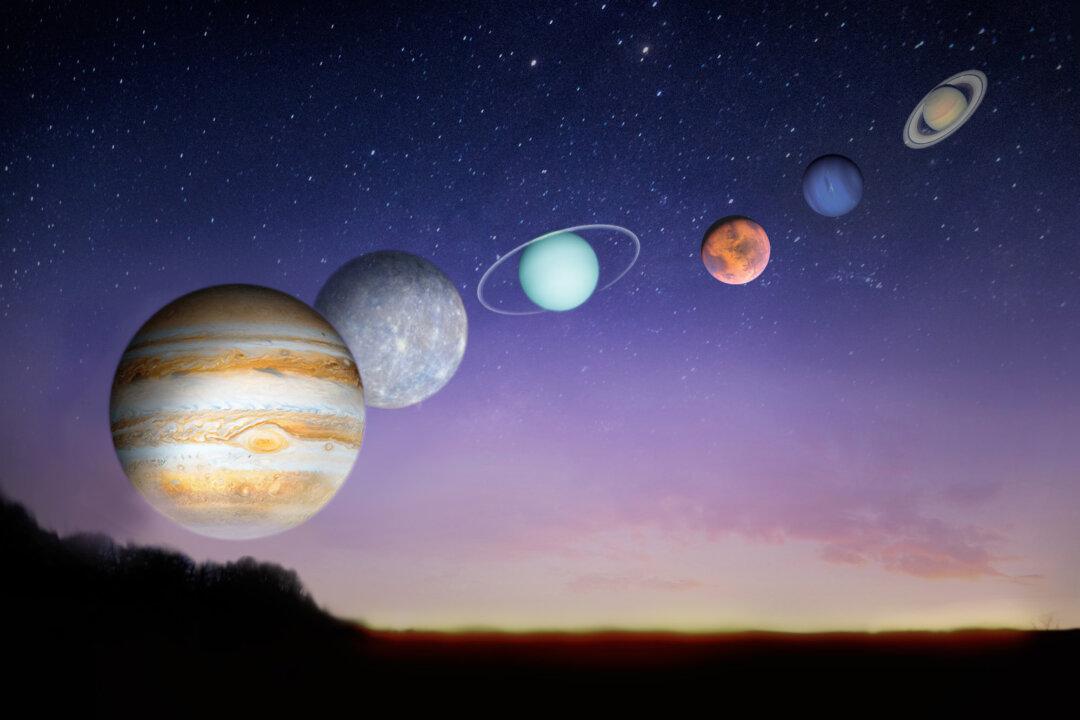The saying “when the stars align” usually alludes to something fortuitous or lucky happening: You find your true love; you buy your dream home; you finally get that raise—when the stars align.
And if the planets aligned, what then? We will find out next month when six of the solar system’s planets—Jupiter, Mercury, Uranus, Mars, Neptune, and Saturn, in that order—form a ragged but rightfully legit alignment in the predawn sky.






